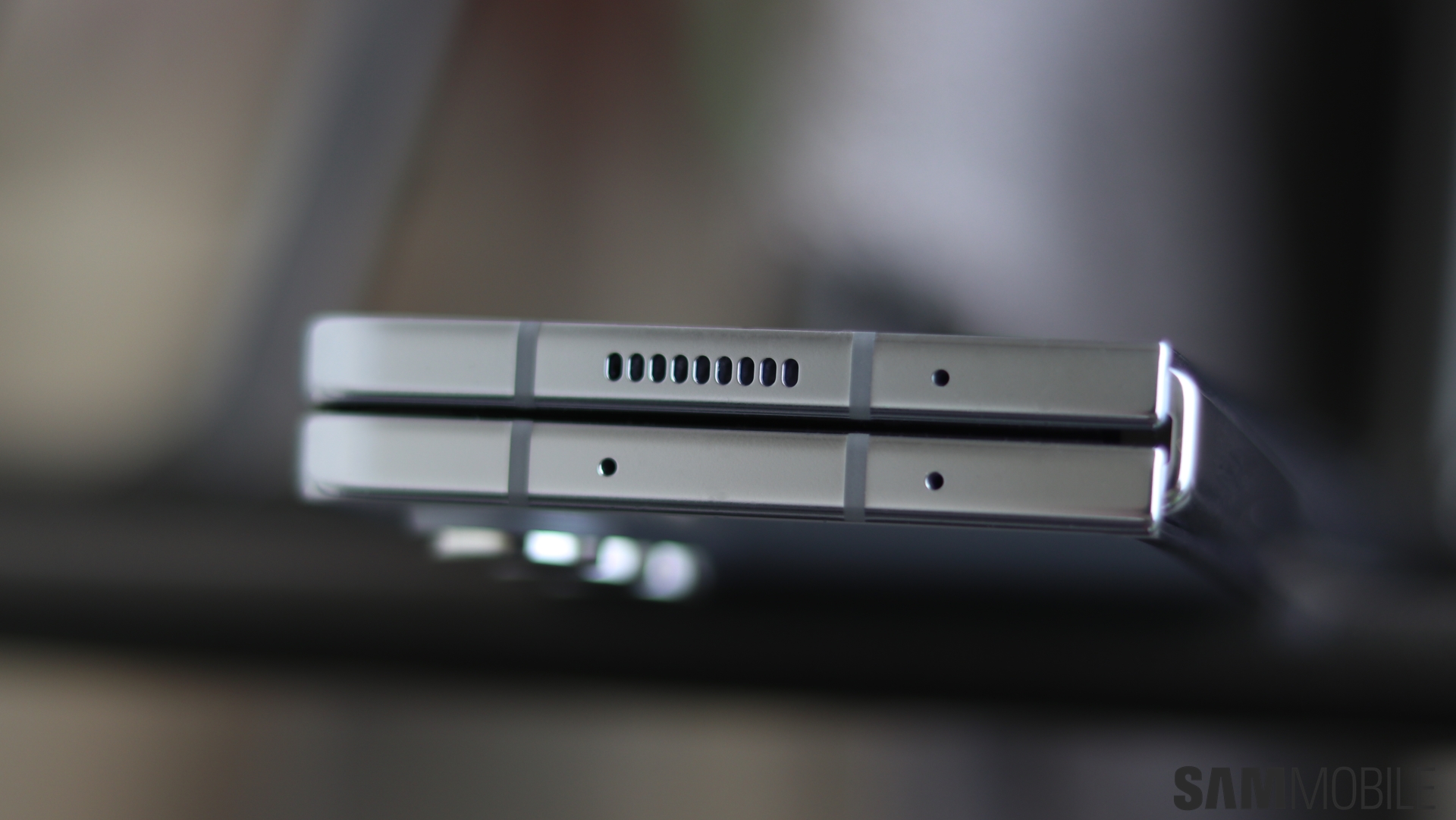Samsung's been winning at the firmware update game for some years now. Not even Google can match the company's firmware policy, but some rival OEMs have been trying to catch up. Xiaomi, or at least one of its subsidiaries, is among them.
This month, Xiaomi and its subsidiary, Redmi, announced a couple of new devices, including the MIX Fold 3 foldable phone and the Redmi K60 Extreme Edition, respectively. Neither seems to be coming to the global market, but for K60 customers in China, Xiaomi's Redmi had a bit of a surprise.
The Xiaomi subsidiary announced that the Redmi K60 Extreme Edition will get four major Android OS upgrades and five years' worth of security patches (via Android Authority). In other words, the K60 should enjoy a similar firmware update policy as the majority of Samsung Galaxy devices. At least, that's the theory.
Story continues after the video
Xiaomi/Redmi may still have a lot of catching up to do
Offering four OS upgrades and support for a total of five years is a step in the right direction for Xiaomi's subsidiary. Nevertheless, only time will tell if Xiaomi and/or Redmi will enforce this new policy as well as Samsung did over the past few years.
As yet, there's no word on whether this extended firmware policy will apply to additional smartphones besides the Redmi K60 Extreme Edition. Furthermore, it's unclear if this policy will apply to Xiaomi phones sold globally or if it's bound to China.
Redmi is definitely on the right track to offer more consumer-friendly devices that can be used, in theory, for half a decade without needing a replacement. But whether or not this new policy will bring Xiaomi and Redmi as much success as it did to Samsung remains to be determined. The outcome will depend heavily on the consistency and quality of updates.
At the moment, Samsung is testing One UI 6.0 for the Galaxy S23 series through an open beta program. The company is expected to release the Android 14-based update for several Galaxy phones before the end of the year. One UI 6.0 is a massive update that changes and refreshes the interface in many ways, such as a refreshed quick toggle area, new widgets, and a new system-wide typeface.







